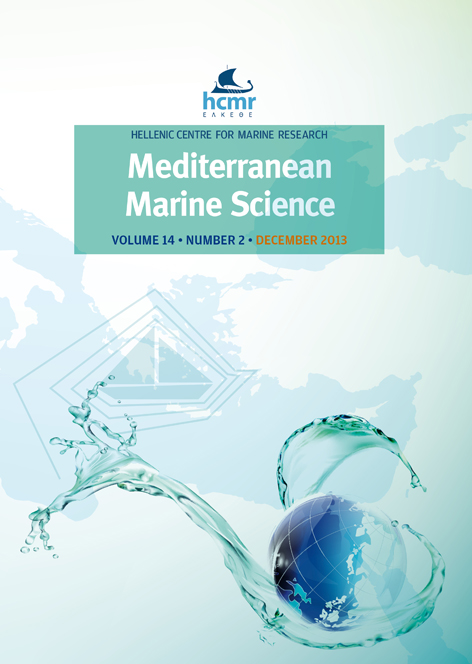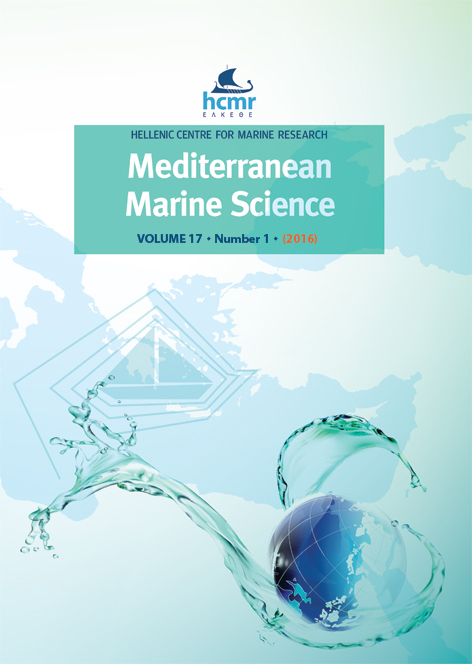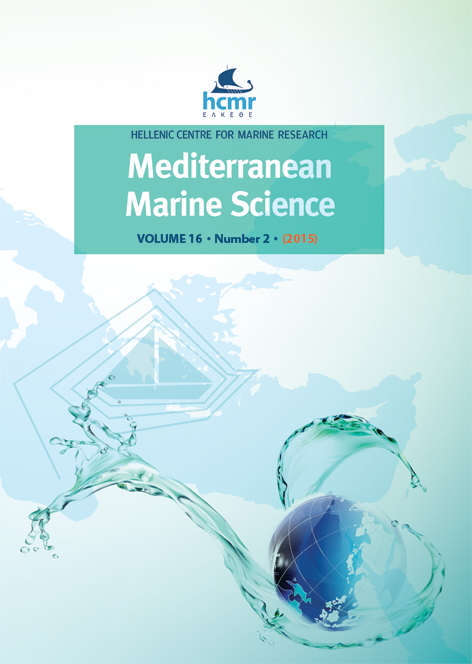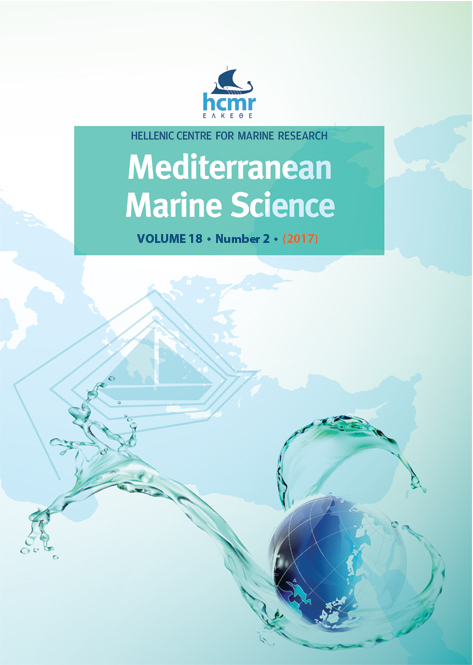Marine litter from circalittoral and deeper bottoms off the Maltese islands (Central Mediterranean)
Abstract
During the 2005 leg of the MEDITS trawl survey, benthic anthropogenic debris around the Maltese Islands (central Mediterranean) was quantified for the first time, with the aim of studying its abundance and distribution in the area. 357 items were sampled from 3.5 km2 of swept area. Each item was recorded, measured and its planar and surface areas were estimated. Plastic (47%), metal and glass (13% respectively) were the most prevalent types of litter in terms of number. Limestone slabs, sacks and fabric were the items with the highest planar and surface area per item. This suggests that it is also important to consider the size of debris items as well as numerical abundance in assessing impact of litter on benthic organisms. An attempt was made to correlate anthropogenic and environmental variables, including fishing activities and wave parameters, to litter abundance and distribution but no interpretable correlations were found, implying that litter abundance and distribution depends on factors other than those considered.
Article Details
- Come citare
-
MIFSUD, R., DIMECH, M., & SCHEMBRI, P. (2013). Marine litter from circalittoral and deeper bottoms off the Maltese islands (Central Mediterranean). Mediterranean Marine Science, 14(2), 298–308. https://doi.org/10.12681/mms.413
- Fascicolo
- Vol 14, No 2 (2013)
- Sezione
- Research Article
Authors who publish with this journal agree to the following terms:
- Authors retain copyright and grant the journal right of first publication with the work simultaneously licensed under a Creative Commons Attribution Non-Commercial License that allows others to share the work with an acknowledgement of the work's authorship and initial publication in this journal.
- Authors are able to enter into separate, additional contractual arrangements for the non-exclusive distribution of the journal's published version of the work (e.g. post it to an institutional repository or publish it in a book), with an acknowledgement of its initial publication in this journal.
- Authors are permitted and encouraged to post their work online (preferably in institutional repositories or on their website) prior to and during the submission process, as it can lead to productive exchanges, as well as earlier and greater citation of published work (See The Effect of Open Access).









